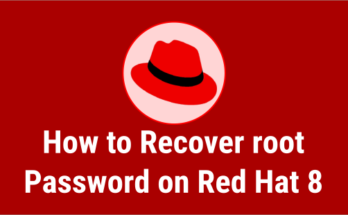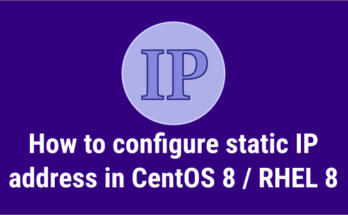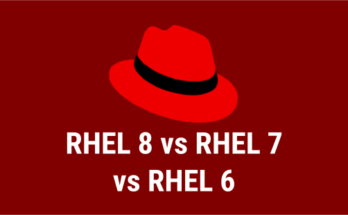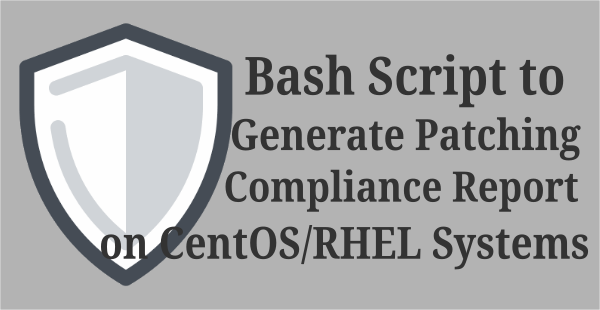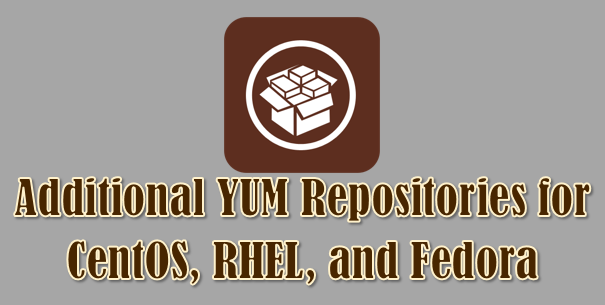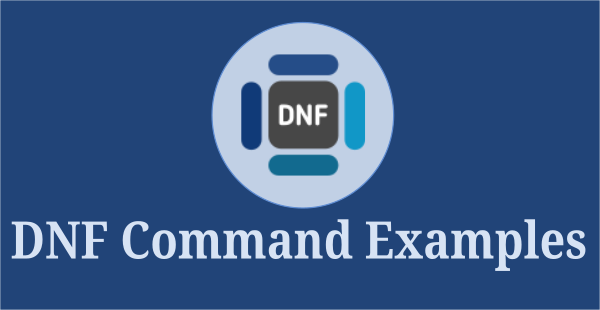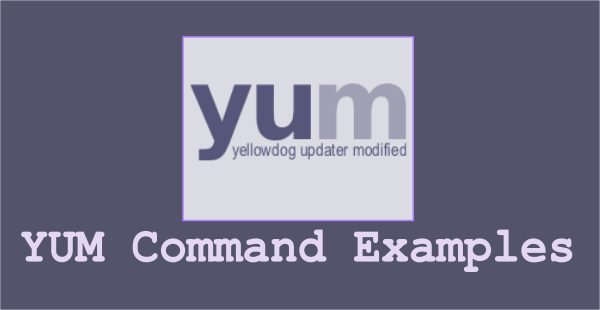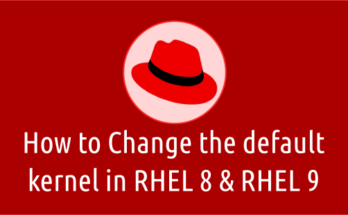
How to Change the default kernel in RHEL 8 and 9
Usually a Linux system boots with the latest installed kernel, which is set by default. It keeps maximum 3 recent versions of Linux Kernel boot entries. Let’s say you’ve done …
How to Change the default kernel in RHEL 8 and 9 Read More
